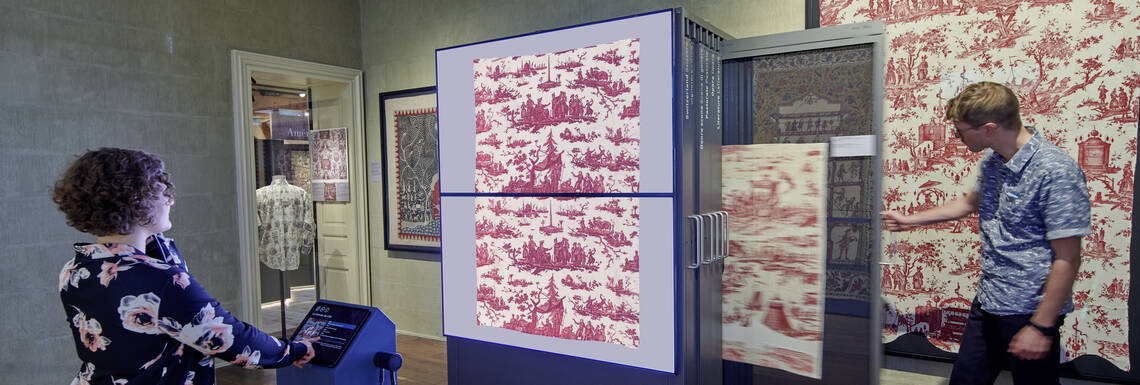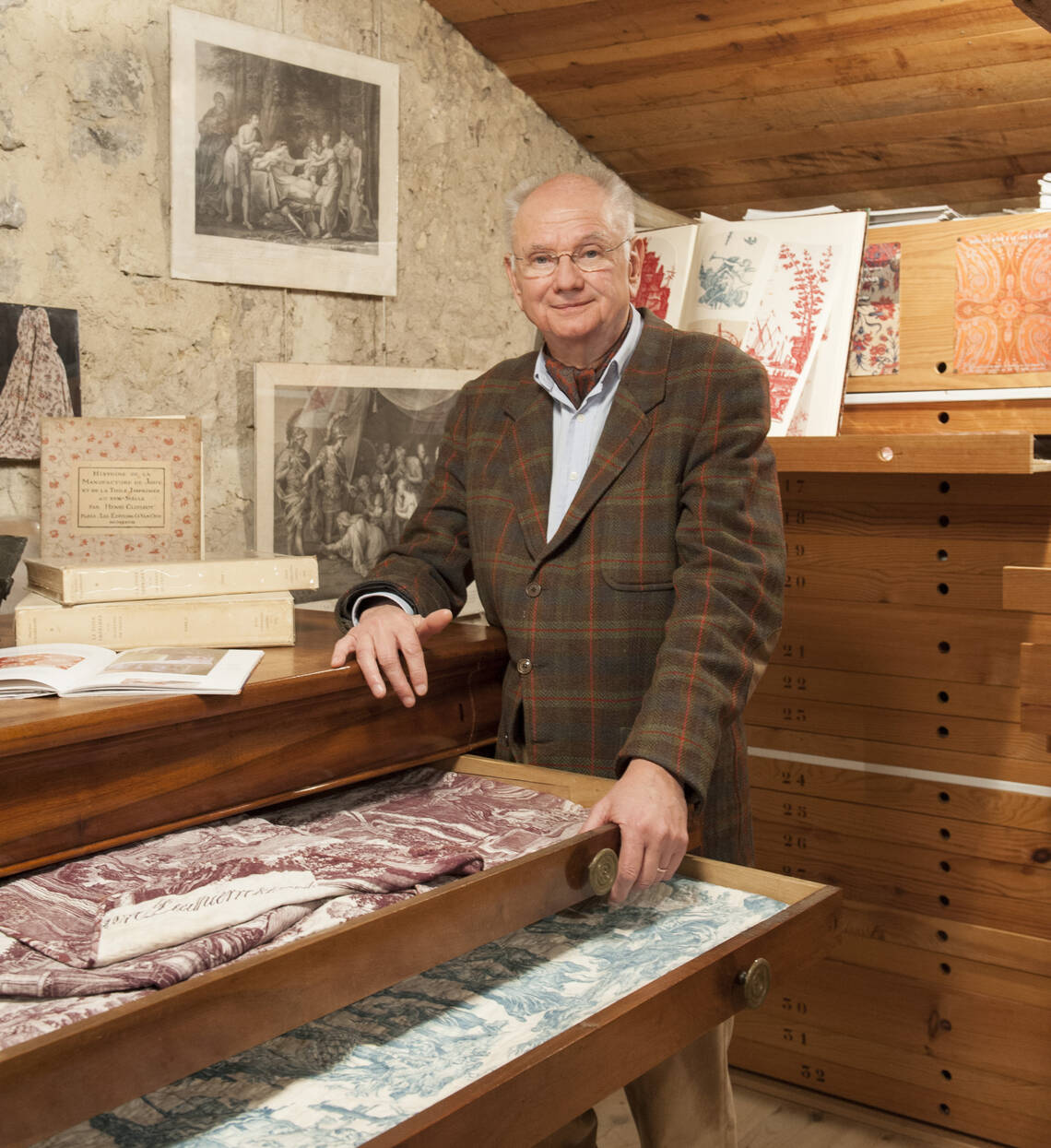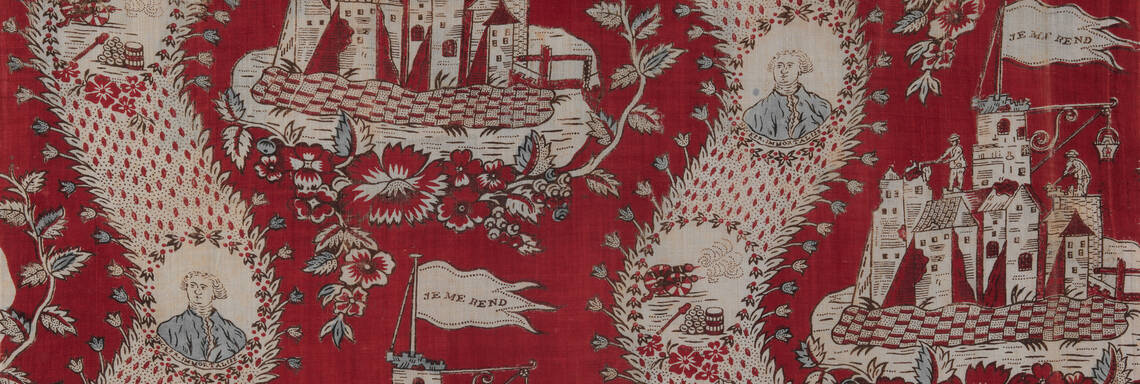Today
10:00 - 17:00
10:00 - 17:00
Monday closed
Tuesday till Sunday 10:00 - 17:00
Monday closed
Tuesday till Sunday 09:30 - 17:30
Good Friday 03.04.2026 10:00 - 17:00
Easter Sunday 05.04.2026 10:00 - 17:00
Easter Monday 06.04.2026 10:00 - 17:00
New Year's Eve 01.05.2026 10:00 - 17:00
Ascension 14.05.2026 10:00 - 17:00
Whitsun 24.05.2026 10:00 - 17:00
Whit Monday 25.05.2026 10:00 - 17:00
Swiss National Day 01.08.2026 10:00 - 17:00
accessibility.openinghours.special_opening_hours.link
Show all10:00 - 17:00
Monday closed
Tuesday till Sunday 10:00 - 17:00
Monday closed
Tuesday till Sunday 09:30 - 17:30
Good Friday 03.04.2026 10:00 - 17:00
Easter Sunday 05.04.2026 10:00 - 17:00
Easter Monday 06.04.2026 10:00 - 17:00
New Year's Eve 01.05.2026 10:00 - 17:00
Ascension 14.05.2026 10:00 - 17:00
Whitsun 24.05.2026 10:00 - 17:00
Whit Monday 25.05.2026 10:00 - 17:00
Swiss National Day 01.08.2026 10:00 - 17:00
accessibility.openinghours.special_opening_hours.link
Show allThe study room is the place to learn more about the 150 chintzes acquired in 2016 by the Swiss National Museum from the internationally renowned collection of antique textile expert Xavier Petitcol.
An interactive multimedia resource allows visitors to examine each of the cloths in detail. This innovative tool highlights the particular features of chintzes, explores the output of various factories, and identifies the different printing techniques. A viewing station offers access to the Swiss National Museum’s online collection.


The Swiss National Museum holds the largest collection of chintzes in Switzerland. The purchase in 2016 of some 150 cloths from the internationally renowned collection of Xavier Petitcol filled a gap in its holdings. In fact, while the chintz industry is a jewel in the crown of the Swiss economy in the 18th century, material evidence of its output is rare and little documented. The printed cotton cloths preserved in Swiss public institutions are few in number and can rarely be attributed with certainty to a specific factory. The Swiss National Museum’s collection was a case in point, consisting mainly of clothing, a few furnishing fabrics and some printing blocks, the majority of them unidentified. Until 2016, no museum in the country held a significant ensemble of cloths produced in France by chintz makers originally from Switzerland. As well as being in many cases remarkably well preserved, Xavier Petitcol’s chintzes are crucial in that they are a tangible record of the role played by many Swiss people in the history of printed fabrics.
Another important aspect of the Petitcol collection is the large number of cloths bearing a manufacturer’s mark: some 20 of the 150 acquired. Following the lifting of the prohibition in France in 1759, manufacturers were obliged to add a mark at each end of a piece of fabric indicating the company name and place of printing. The presence of a manufacturer’s mark is often the only way that a motif can be attributed with certainty to a specific factory.
The manufacturer’s marks on the cloths acquired from Xavier Petitcol highlight the presence of many Swiss citizens in France, in Lyon (the Picot-Fazys from Geneva), Nantes (the Favre Petitpierres and Gorgerats from Neuchâtel), Normandy (Abraham Frey from Geneva) and Beautiran near Bordeaux (Jean-Pierre Meillier from Neuchâtel).
Finally, the museum selected cloths whose iconography is related to Switzerland. Some attest to the popularity of figures such as Jean-Jacques Rousseau and Jacques Necker. Others reflect the Europe-wide vogue for Switzerland, its landscapes and myths. They include cloths inspired by the engravings of the Schweizer Kleinmeister depicting, for example, the story of William Tell.

Nouveau Centre des indiennes au Musée national suisse – Château de Prangins
Helen Bieri Thomson, 12/2020